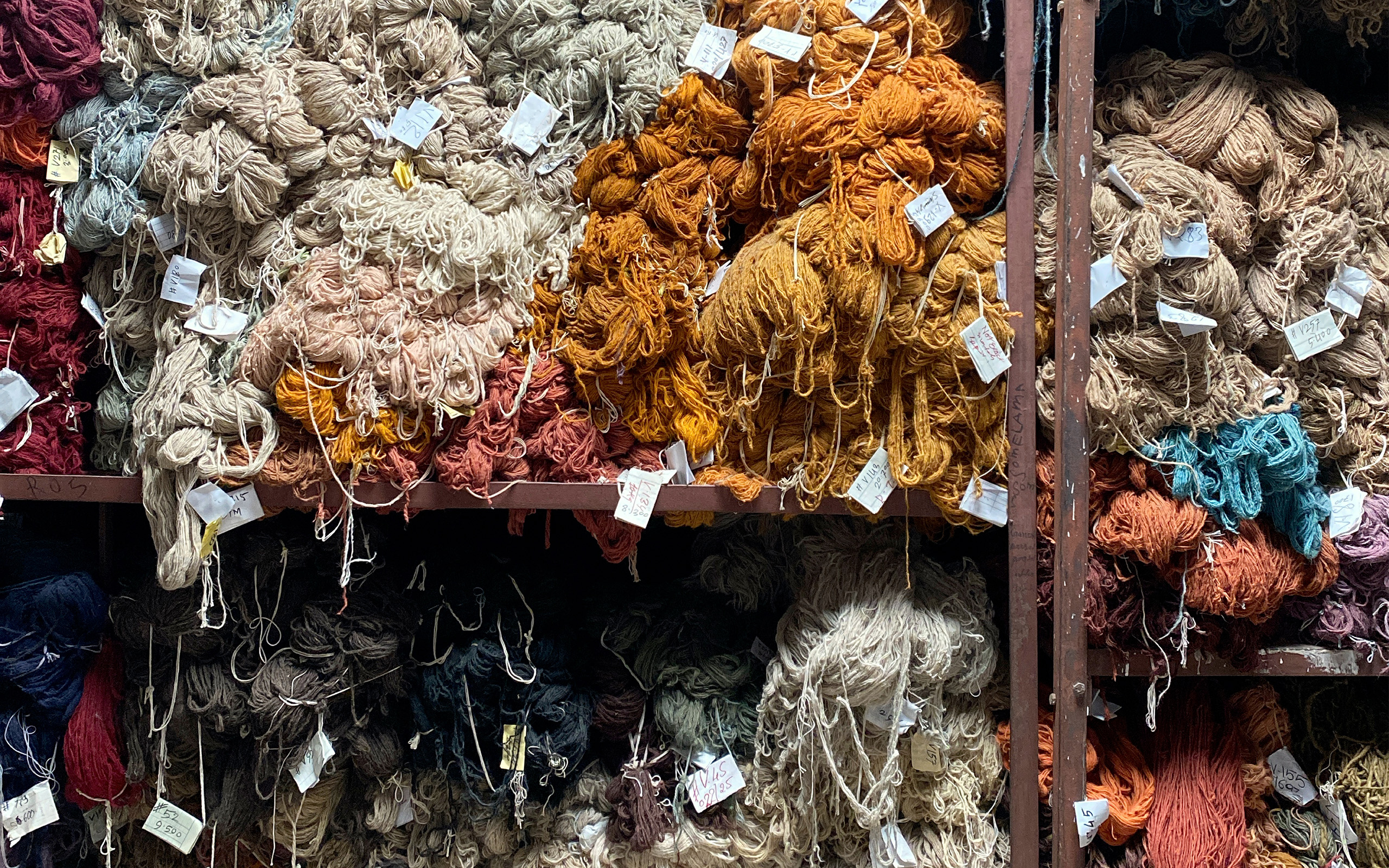Embargo On… Again | Iran Sanctions
Pursuant to this directive once the first wind-down period ends on 6 August 2018, the government of the United States will revoke several JCPOA related authorizations regarding sanctions on Iran, namely: The importation into the United States of Iranian origin carpets and foodstuffs and certain related financial transactions pursuant to general licenses under the Iranian Transactions and Sanctions Regulations, 31 C.F.R. part 560 (ITSR). Further information regarding sanctions can be found from the Department of the Treasury’s Office of Foreign Asset Control (OFAC). In short, importation of Iranian made carpets into the United States after 6 August 2018 will – once again – be illegal. No other country currently has plans to enact an embargo on Iranian made carpets.



